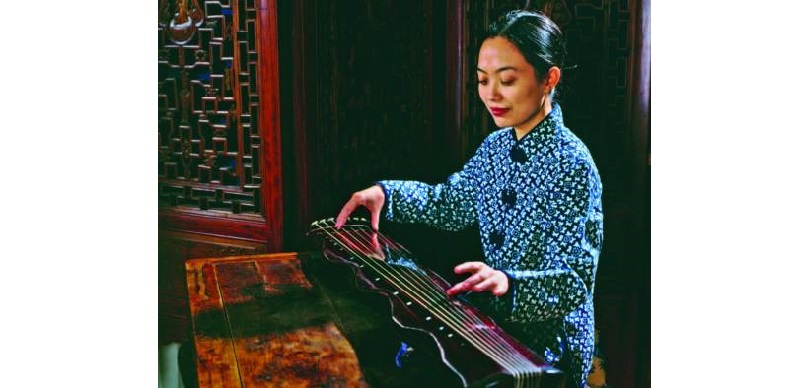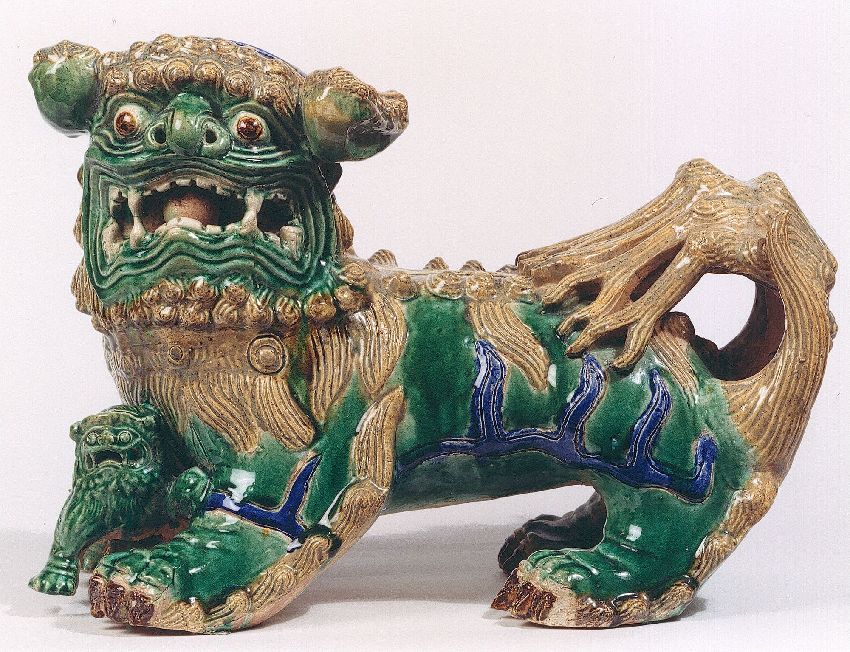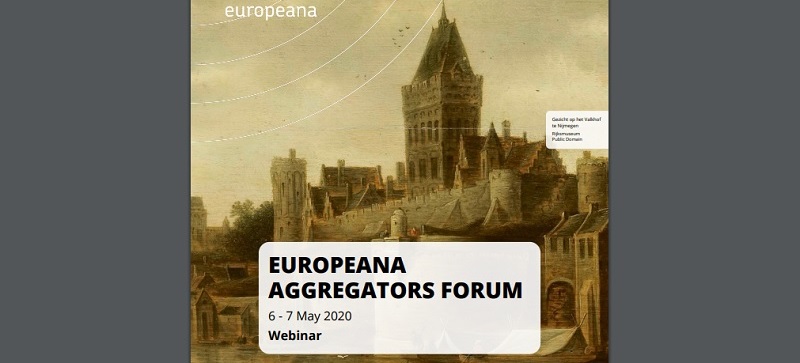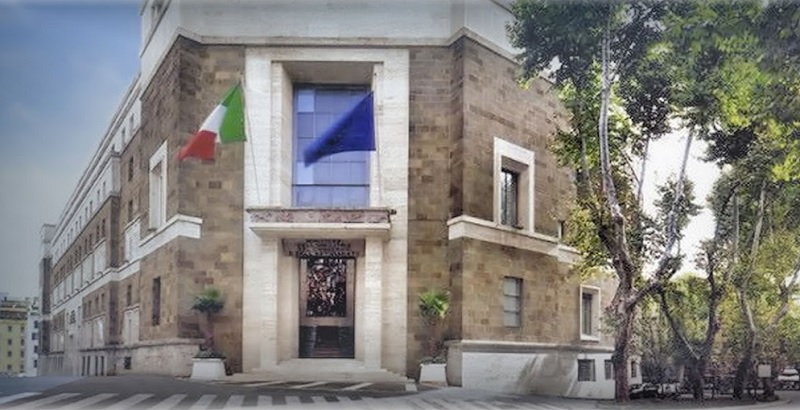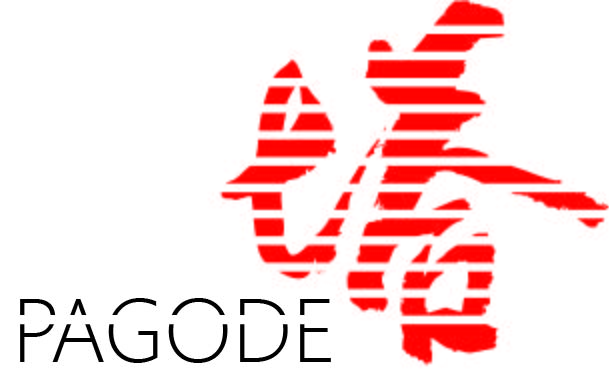guqin and its music
China has a long and influential musical tradition based on the philosophy and culture of ancient China. The Confucians embraced a correct use and form of music matching to sociological and cosmological conceptions, thus to discover traditional Chinese music helps understanding Chinese culture. Unfortunately, there are still a number of barriers to online access for audio and audio-related materials, including the need of appealing content display to support user-friendly search and engagement, which is a difficult task also in physical museums. Efforts are ongoing to make this content more widely shared and accessible, such as the dedicated Europeana Sounds collections and the very specific materials disseminated in the UNESCO in Intangible Heritage platform.
Inscribed in 2008 on the Representative List of the Intangible Cultural Heritage of Humanity, in the UNESCO repository we can discover about the Guqin, the Chinese zitter: this musical instrument “has existed for over 3,000 years and represents China’s foremost solo musical instrument tradition. Described in early literary sources and corroborated by archaeological finds, this ancient instrument is inseparable from Chinese intellectual history.” As a demonstration of a different approach to music, guqin playing was not intended for public performance but it was more a personal art, that – along with calligraphy, painting and chess – Chinese scholars and noblemen were expected to master. “According to tradition, twenty years of training were required to attain proficiency.” it is explained in the UNESCO website and “Nowadays, there are fewer than one thousand well-trained guqin players and perhaps no more than fifty surviving masters. The original repertory of several thousand compositions has drastically dwindled to a mere hundred works that are regularly performed today. “
Discover more about the Guqin in UNESCO website >>
image: © Chinese Academy of Art sourced from the UNESCO website.
PAGODE – Europeana China is co-financed by the Connecting Europe Facility Programme of the European Union, under GA n. INEA/CEF/ICT/A2019/1931839

